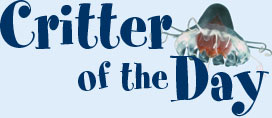|
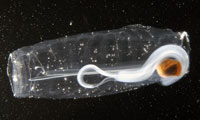 Enlarge image » 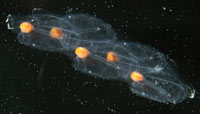 Enlarge image » Salps can be single animals (top), called solitaries, or in chains (bottom), called aggregates. (Photos by Larry Madin, WHOI) 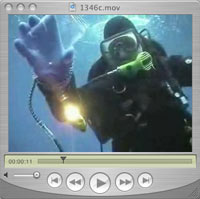 View Quicktime video » View Windows Media Player » 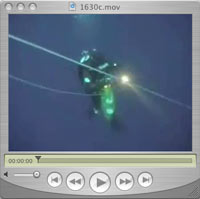 View Quicktime video » View Windows Media Player » Salps are transparent barrel-shaped planktonic animals that eat phytoplankton by filtering, or straining, it out of the water with a net made of mucus that is suspended in their barrel-shaped bodies. They are very good at eating, and can eat most of the phytoplankton out of the water that they swim through, just like vacuum cleaners. Salp populations grow rapidly when conditions are right. They can be single animals, called solitaries, or in chains, called aggregates.In the Southern Ocean in some years, salps seem to be there when krill aren’t there. These “salp years” also have been years with warmer temperatures. Some scientists are concerned that over-catching of krill, along with warming Antarctic temperatures, and the increase in salps could lead to a shortage of krill—which could mean a shortage of food for large animals that depend on krill. Scientists on this expedition are finding out how large this year’s salp populations are, and how much of the phytoplankton they are eating. Salps are not as nutritious as krill, and probably aren’t good food for big Antarctic animals, but there is evidence that they are eaten by some fish, birds, and maybe some whales. Kingdom: Animalia
|
Mailing List | Feedback | Glossary | For Teachers | About Us | Contact
© 2010 Dive and Discover™. Dive and Discover™ is a registered trademark of Woods
Hole Oceanographic Institution

